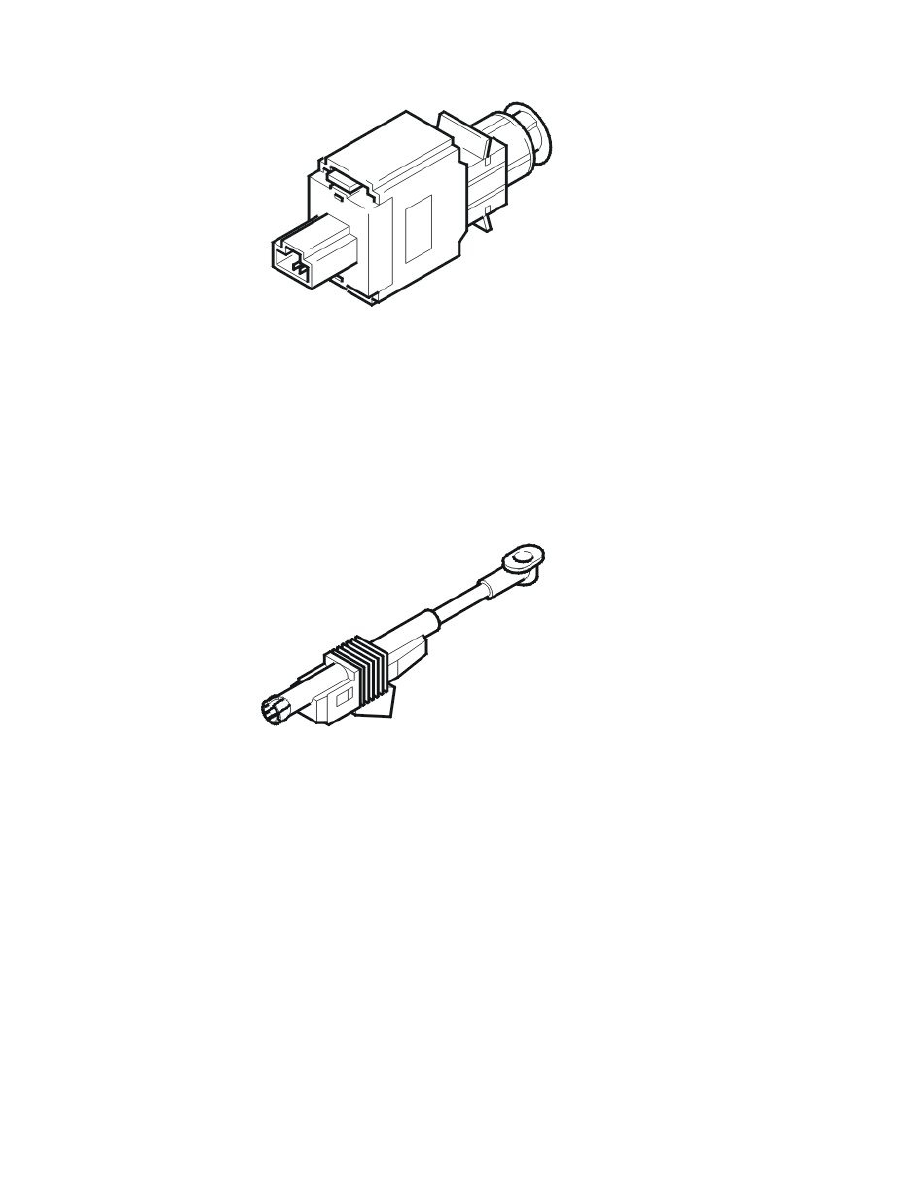S60 L5-2.4L VIN 64 B5244S6 (2003)

Brake light switch
The purpose of the brake light switch is to provide the engine control module (ECM) with information indicating whether the brake pedal is depressed.
A signal is transmitted to the engine control module (ECM) when the brake pedal is pressed. The engine control module (ECM) disengages the cruise
control (if activated). The brake pedal sensor also disengages cruise control. For further information, see Design and Function, Brake system, design.
The brake light switch is supplied with power from the ignition switch (terminal 30). When the brake pedal is depressed the switch closes and a high
signal (12 V) is transmitted to the engine control module (ECM).
The engine control module (ECM) can diagnose the brake light switch. The status of the switch (pressed or not) can be read using VIDA.
The brake light switch is on the pedal box by the brake pedal.
Clutch pedal sensor (manual transmissions only)
The clutch pedal sensor provides the Engine Control Module (ECM) with information about the position of the clutch pedal.
This information is used by the control module to switch off the cruise control.
The sensor signal is also used by the control module to prevent engine start if the clutch pedal is not pressed (certain markets).
The sensor consists of a sliding potentiometer which is supplied with power by the control module (signal) and which is grounded in the control module.
The resistance in the sensor reduces as pressure increases on the clutch pedal.
The engine control module (ECM) can diagnose the clutch pedal sensor. The status (position) of the sensor can be read using VIDA.
The sensor is on the pedal box by the clutch pedal.
Air conditioning (A/C) compressor
